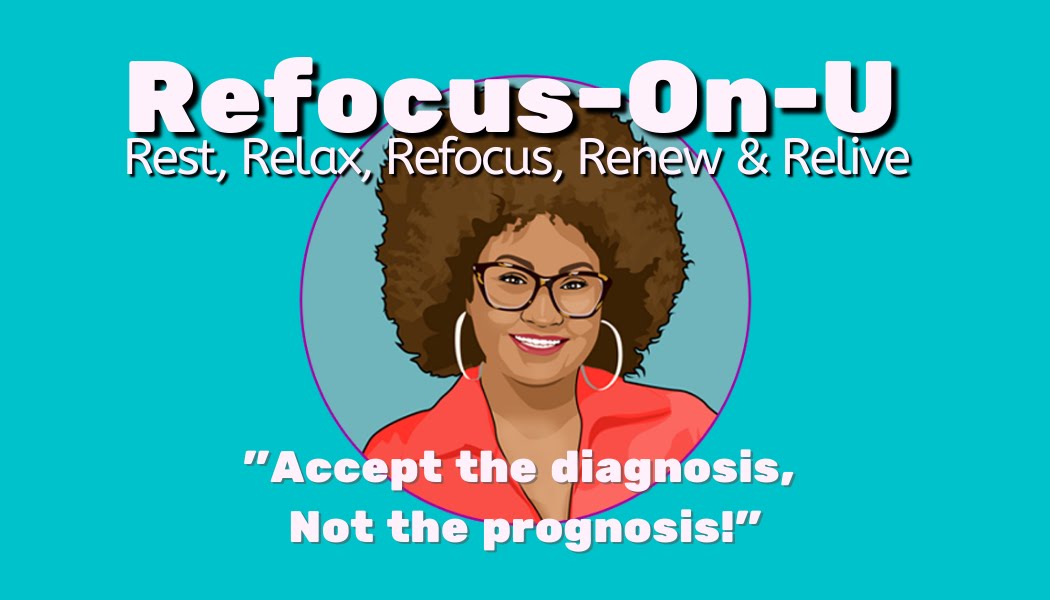I remember it well, my first grown-up fall, it was a beautiful summer day, and I thought I would take advantage of the cool breeze that had come along, so off I went, except nobody told me there was a small discrepancy in the landscape of the grass I was walking on, and down I went.
I can recall those kinds of small uneven surfaces would not affect me in years past, but for some reason, this small divot dropped me like a bag of hot potatoes, without warning or preparation. My pride drove me to my feet quickly, as my neighbor came out to check on me. I assured him that I was fine, as I walked away with grass stains on my pants and leaves in my hair.
Still dirty from my fall, I sat on the couch in shock as I tried to figure out where did my balance go, and when did I lose it.
Turns out people over the age of 50 are at increased risk for falls. This is due to a decrease in strength, agility, depth perception, and vision. These things affect proprioception, which is the body’s ability to relay to the brain proper messages about balance. When this system is off, we are more prone to falls.
There are some things that you can do to increase your balance mechanism, they include.
- Try practice standing on one foot for 30 seconds or longer.
- Yoga or tai-chi are excellent way to improve balance.
- Practice getting out of a chair without using the arms.
- Squats which help strengthen the muscles in your legs.
- Practice heel to toe walking in a straight line.
Falls can be severe and can cause those who have been injured to become less active as a result of fear. This becomes a detrimental cycle. The less productive you are, the worse your balance becomes, so why not begin to implement a few activities that are beneficial not just to your balance, but to your lifestyle as well.







